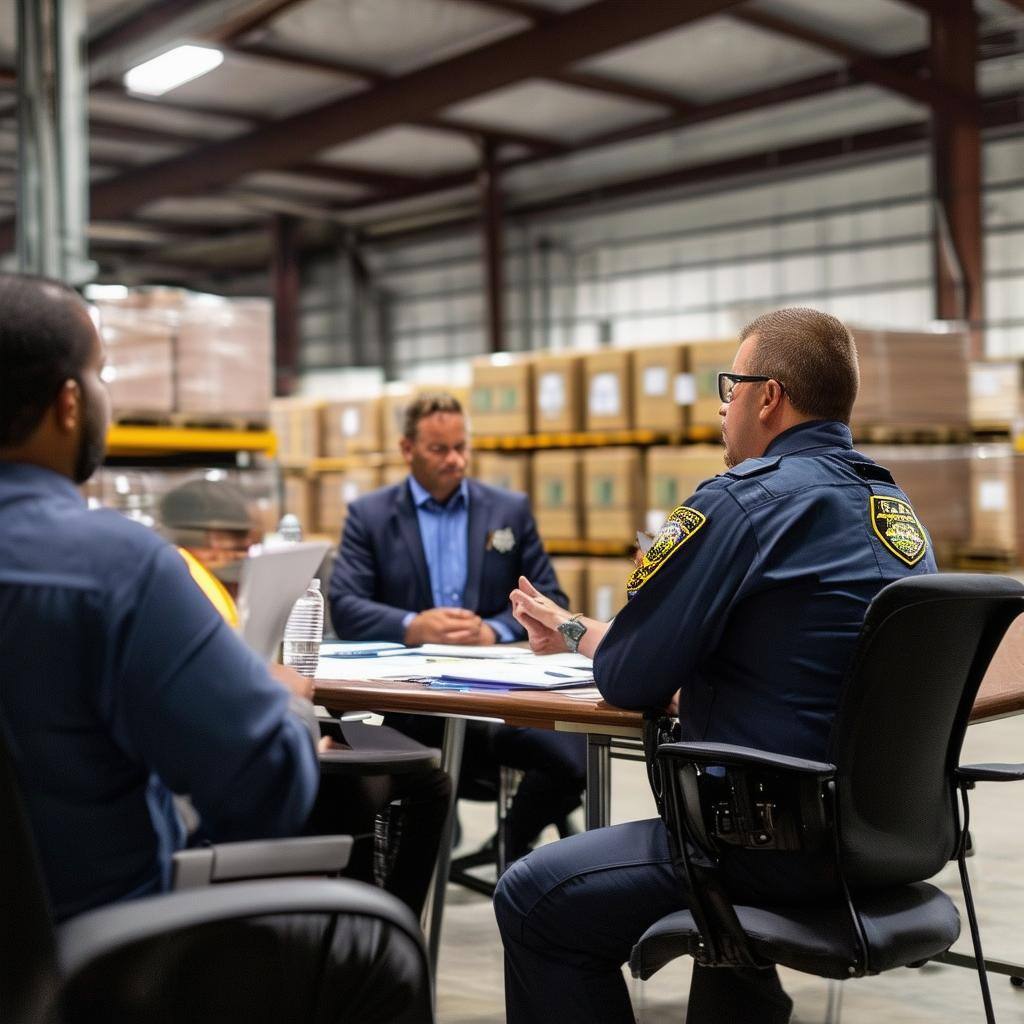CTPAT Validations - Common Mistakes and How Veroot Can Assist
The CTPAT (Customs Trade Partnership Against Terrorism) validation process can be a critical moment for any company aiming to secure and strengthen...

Maybe you are pursuing a new Customs Partnership Against Terrorism (CTPAT) Certification, or maybe it’s that time of year to renew it. Either way, energy and focus are needed to make CTPAT happen. In the past, companies would typically rely on an internal resource with a tenured background in compliance. But with employees strapped for time and the increasing complexity of the CTPAT regulations, could it make sense to outsource this effort to a third party?
To properly prepare a new CTPAT application, it roughly takes an employee 120-160 hours of dedicated effort. With employees wearing so many different hats, setting aside large chunks of time to write a CTPAT Security Profile and supporting documentation is a huge challenge. To make matters worse, the complexity of the new CTPAT Minimum Security Requirements (MSC) has increased dramatically since 2020. Today’s Customs and Border Protection (CBP) is laser-focused on making sure each company thoroughly addresses all the necessary rules and regulations to strengthen border security and keep people safe.
A trend is emerging where companies are looking to outsource the setup and maintenance of their CTPAT program, and those that do see a considerable return on their investment. Instead of tying up a valuable employee for a month or more, hiring a competent CTPAT subject matter expert can reduce the time spent by an employee to only a couple of hours. The CTPAT regulations are complex, but like a tax attorney, a CTPAT Consultant already understands them. Why reinvent the wheel when someone else has already been down the path many times?
If you decide a consultant might make sense, it is critical to make sure you pick a good one, particularly one that has great communication skills but is also detail-oriented – a rare combination. You also want to make sure this consultant can impart their knowledge of the CTPAT program to the lucky employee chosen by the company to be the Designated Security Officer.
Since we are in this arena ourselves, Veroot has a unique perspective on what should be on everyone’s CTPAT Consultant shopping list when choosing a consulting partner. Here are a few tips to make sure you don’t miss the boat:
Don’t engage a “wannabe” – get an actual CTPAT subject matter expert:
Get a person with excellent communication skills:
Look for Document Builders:
Here for the Long Haul:
Work with a willing Teacher:
Make maintenance easier:
Choosing a consultant partner wisely can significantly expedite the CTPAT application process and save valuable time. A good consultant will implement your CTPAT program and transfer the knowledge to your internal employees who need it. And finally, finding a team-based consultant that can help in the future with flexible consulting engagements and a maintenance plan is icing on the cake!
If you so happen to need help in this area, Veroot has the right solution and more importantly the right consultants to help you meet CTPAT requirements. Check out our CTPAT product for more information on how our team can help you achieve your CTPAT goals and fill out our contact form. We will get back to you ASAP!

The CTPAT (Customs Trade Partnership Against Terrorism) validation process can be a critical moment for any company aiming to secure and strengthen...

One of the frequent questions we get asked as consultants and software providers for Customs Trade Partnership Against Terrorism (“CTPAT”) is “How do...

In today's interconnected world, companies that operate within the global supply chain face numerous security challenges. For those involved in the...